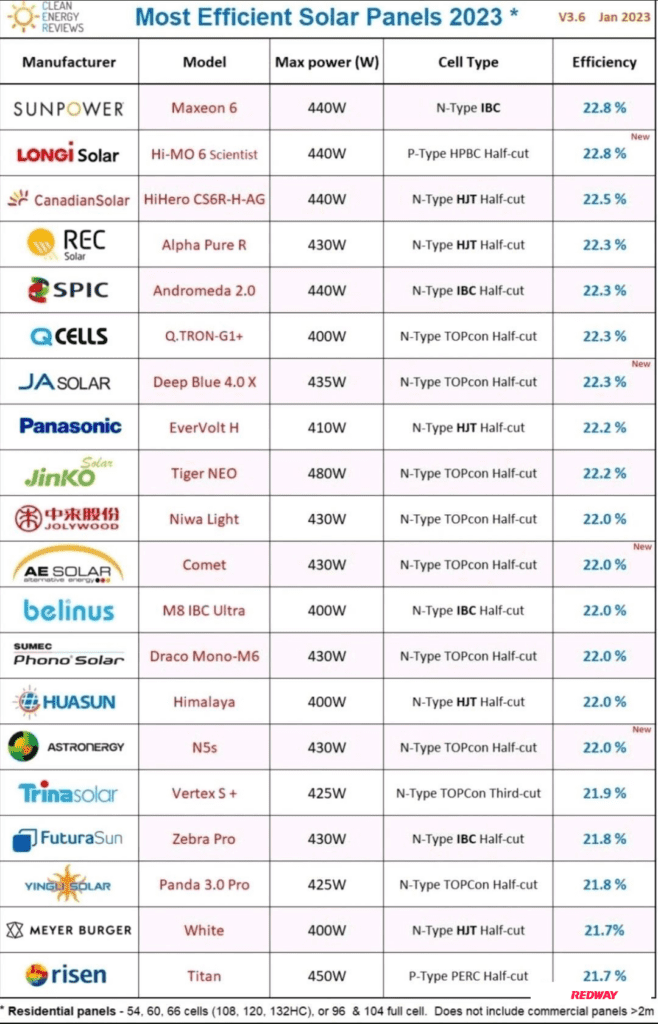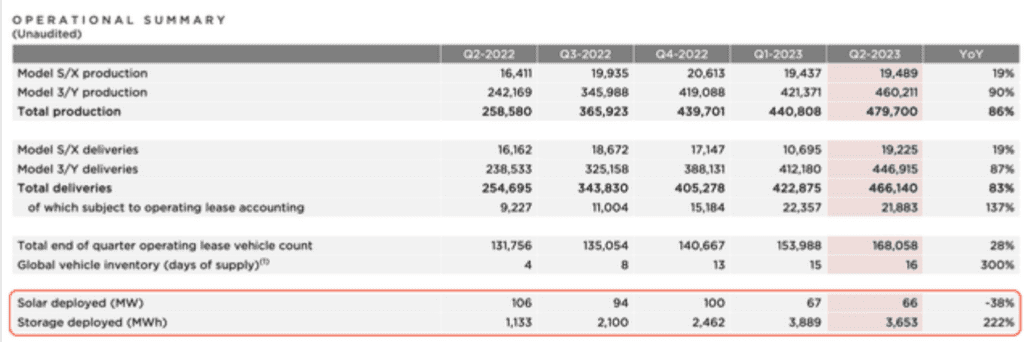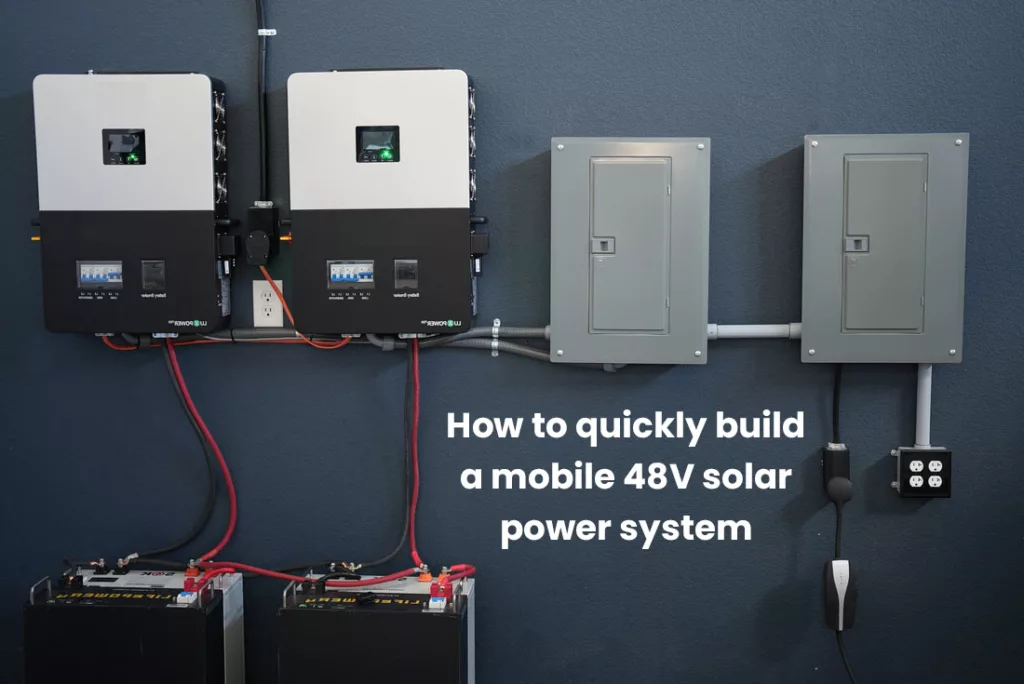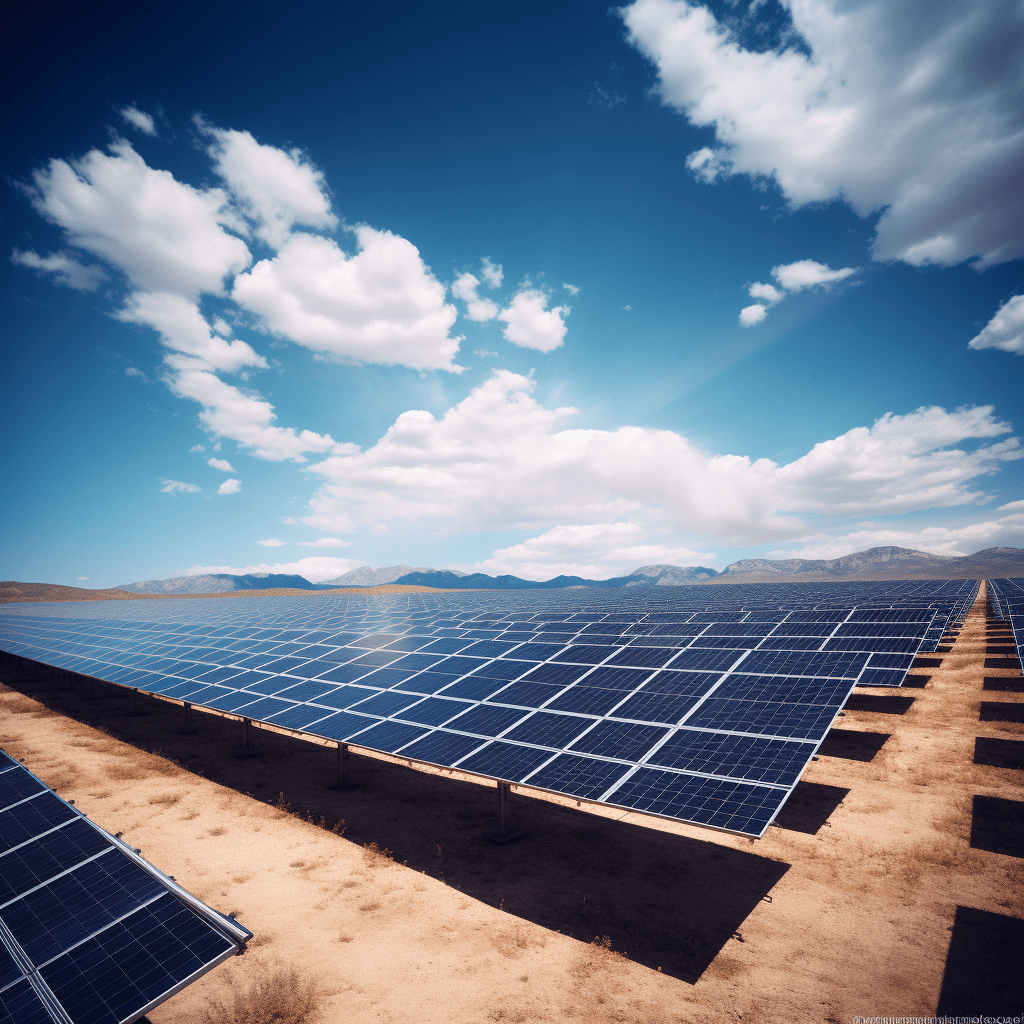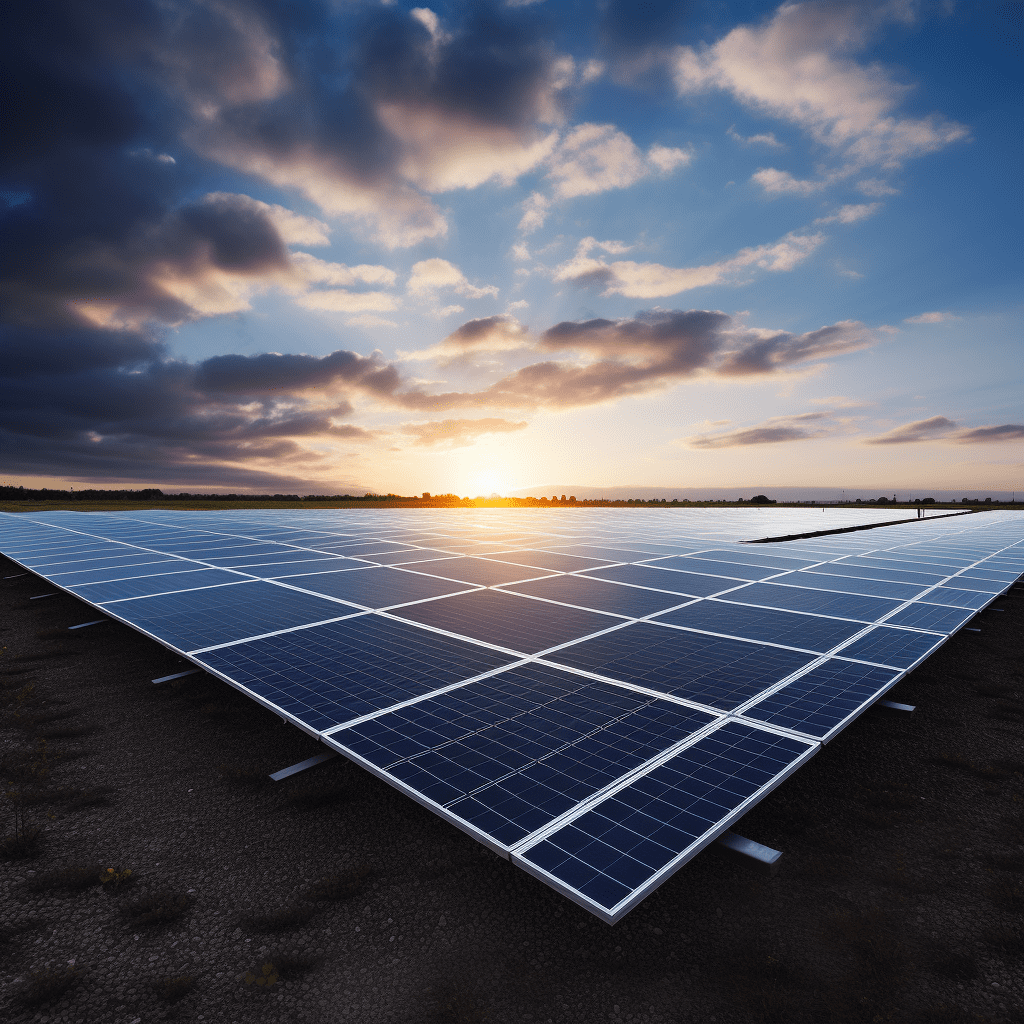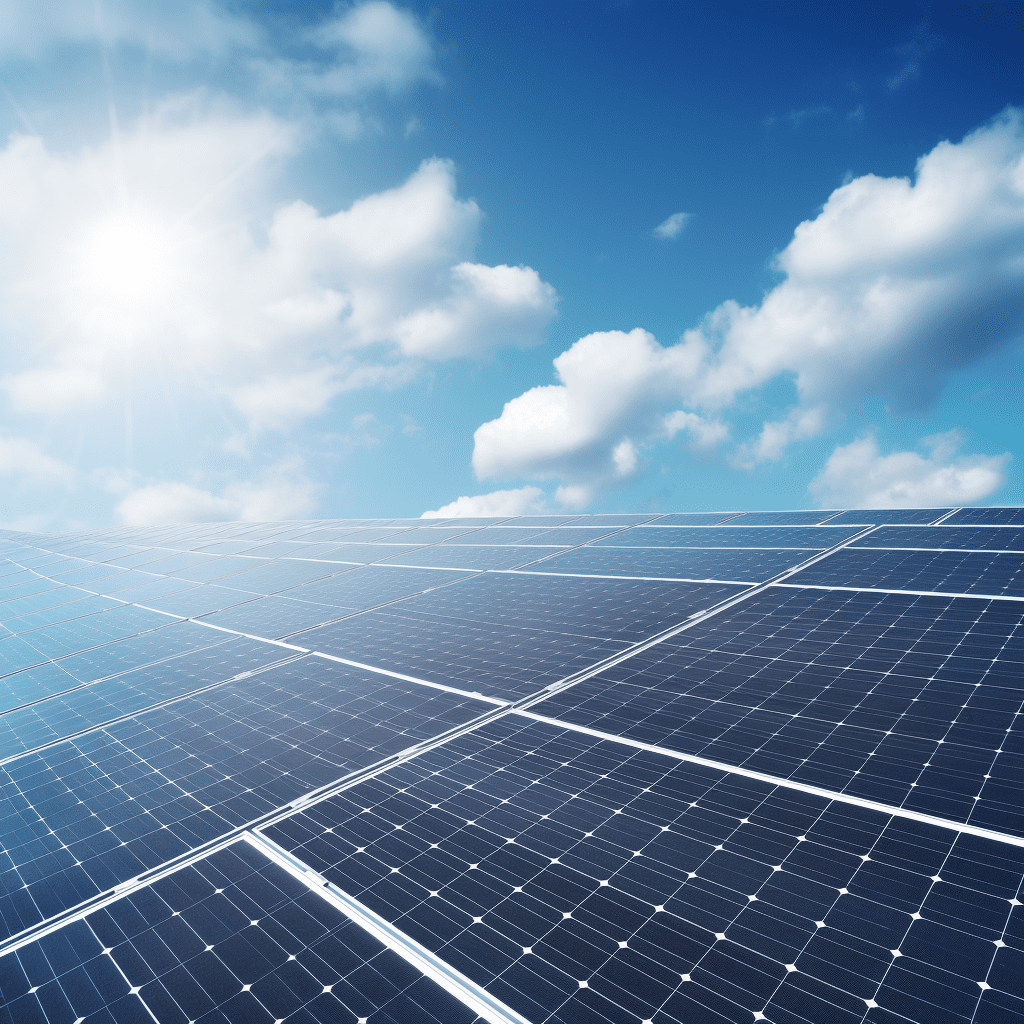Calculating solar power per square meter is crucial in determining the efficiency and output of a solar panel system. By understanding the factors that affect solar panel output and using the right calculators, you can accurately estimate the amount of solar intensity received by your panels. In this guide, we will explain the concept of solar panel output, discuss the factors to consider, and provide step-by-step instructions for calculating solar power per square meter.

#post_seo_title
Solar Panel Output: An Overview
The output of a solar panel system refers to the amount of electricity generated by the solar panels over a given period of time. This output is typically measured in kilowatt-hours (kWh) and represents the theoretical power production of the panels under ideal sunlight conditions and temperature.
Factors Affecting Solar Panel Output Per Square Meter
Several factors can impact the solar panel output per square meter. These include:
1. Region: The amount of sunlight received varies depending on your geographical location. Regions near the equator generally receive more sunlight compared to those closer to the poles. Additionally, weather conditions in your region can also affect solar panel output.
2. Power of Panel (Watt Peak): The watt peak (Wp) rating of a solar panel determines the maximum output it can produce under ideal conditions. Panels with higher watt peak ratings tend to generate more power.
3. Slope: The angle at which the solar panels are installed can affect their exposure to sunlight. Ideally, the panels should be inclined between 20° and 50° to maximize sunlight absorption.
4. Direction: The orientation of the solar panels is important for optimal sunlight exposure. In the Northern Hemisphere, panels should be facing south to receive the most sunlight.
5. Time of the Year: Solar panel output can vary throughout the year due to seasonal changes. Using a solar panel calculator, you can calculate the average output for each month and determine the overall yearly average.
6. Efficiency of Other Electrical Systems: A solar panel system includes various components such as wiring, inverters, charge controllers, and battery banks (if used). The efficiency of these components can impact the overall output of the solar panel system.
Solar Panel Output Calculator: How to Calculate Solar Power Per Square Meter
To calculate solar power per square meter, follow these steps:
1. Determine the wattage of your solar panels by multiplying the volts by amps. Most solar panels have output ratings ranging from 250 watts to 400 watts.
2. Consider the number of solar cells in your panels. 60-cell solar panels have approximately 60 solar cells, while 72-cell solar panels have 72 solar cells. More solar cells mean a larger absorbing surface area and potentially higher output.
3. Take into account the size and efficiency of your solar panels. The size of 60-cell solar panels is typically 5.4 feet long and 3.25 feet wide, while 72-cell panels have an additional row of cells. Higher efficiency panels can produce more output.
4. Consider environmental factors such as sunlight hours, peak sun hours, shade, and inclination. These factors can affect the amount of energy absorbed by the solar panels and, consequently, their output.
Impact of Solar Panel Output on Cost
The output of a solar panel system can significantly impact its cost. Solar panel systems are available in various outputs, typically ranging from 3 kW to 10 kW. The cost can be calculated by multiplying the average cost per watt in your area by the solar panel output.
Solar Panels kWh Calculator
A solar panels kWh calculator helps determine the kilowatt-hours generated by your solar panel system. To use the calculator, you will need to provide the following information:
1. Energy usage (per year) in kilowatt-hours.
2. Sun hours (per day) in your region.
3. Percentage of electricity bill you want to offset.
By inputting these details into the calculator, you can estimate the size of the solar array and the energy it can generate in kilowatt-hours.
Solar Panel Area Per kW
To determine the area required per kilowatt (kW) of solar power, consider your average monthly consumption. Divide your monthly kilowatt-hour usage by the average sunlight hours per day to obtain the kW per hour. This value can help determine the size of the solar panel system needed.
Top 10 Questions and Answers for Energy Storage and Solar Industry Practitioners:
1. What is the solar power per square meter calculator used for?
The solar power per square meter calculator helps estimate the amount of solar intensity received by solar panels, which impacts their output.
2. How does the region affect solar panel output per square meter?
Regions near the equator receive more sunlight compared to those closer to the poles, resulting in higher solar panel output.
3. What is the significance of the power of panel (watt peak)?
The watt peak rating of a solar panel determines its maximum output under ideal conditions. Panels with higher watt peak ratings generate more power.
4. How does the slope of solar panels affect their output?
The angle of solar panels should be adjusted to optimize sunlight absorption. A suitable slope between 20° and 50° can maximize panel output.
5. Why is the direction important for solar panels?
In the Northern Hemisphere, solar panels should face south to receive the maximum sunlight throughout the day.
6. How can the time of the year affect solar panel output?
Using a solar panel calculator, you can determine the average output for each month and calculate the overall yearly average, accounting for seasonal changes.
7. What other electrical systems impact solar panel output?
Components such as wiring, inverters, charge controllers, and battery banks (if used) affect the overall efficiency and output of a solar panel system.
8. How can I calculate solar power per square meter?
To calculate solar power per square meter, determine the wattage of your solar panels and consider factors such as the number of solar cells, size, efficiency, and environmental factors.
9. How does solar panel output impact the cost of a solar system?
The output of a solar panel system affects its cost. Higher output systems generally cost more, while lower output systems are more affordable.
10. How can I estimate the energy generated by my solar panel system?
A solar panels kWh calculator can help estimate the energy generated by your solar panel system based on your energy usage, sun hours, and desired offset percentage.


